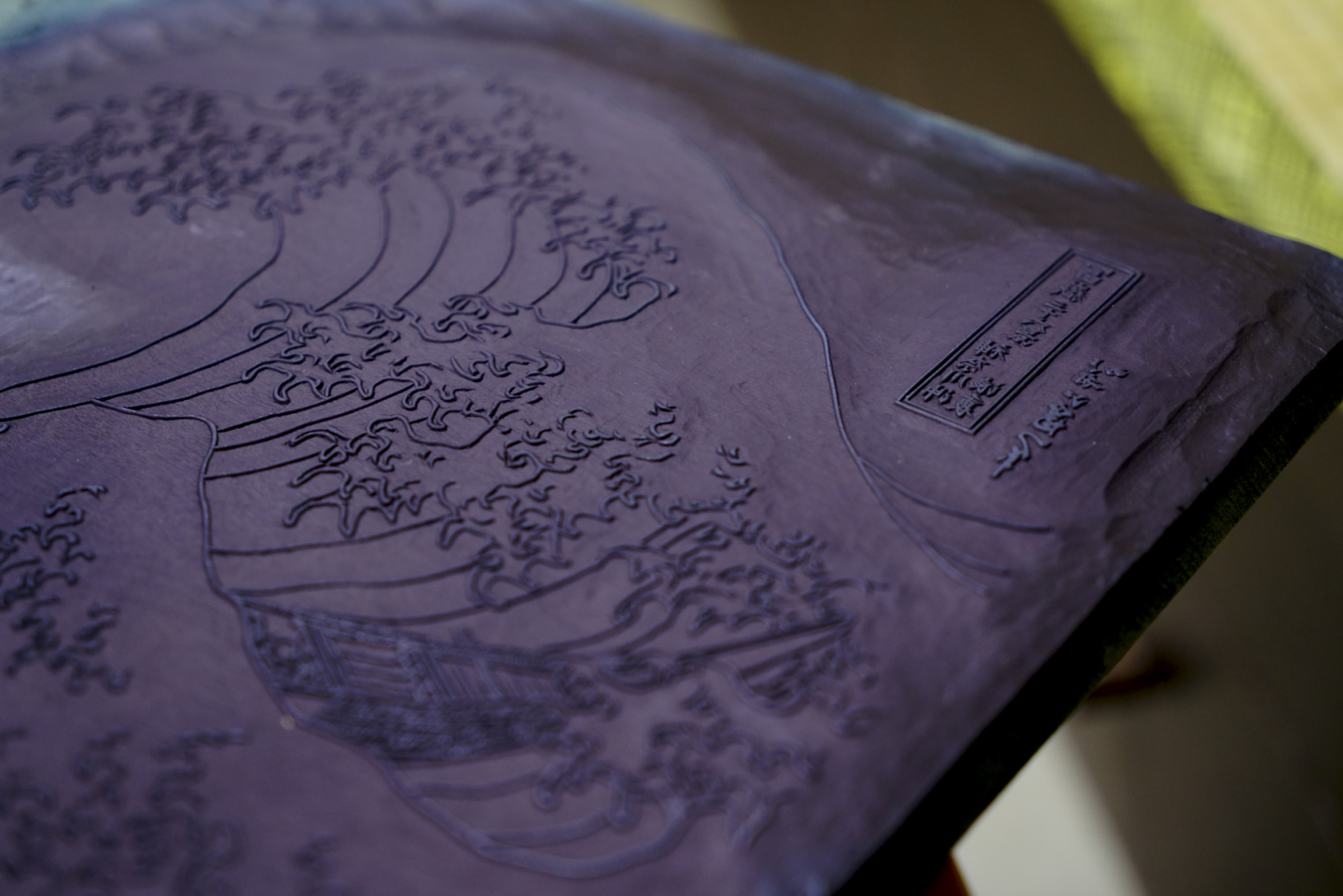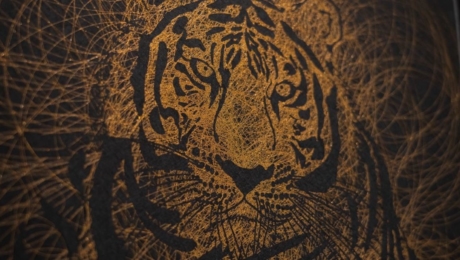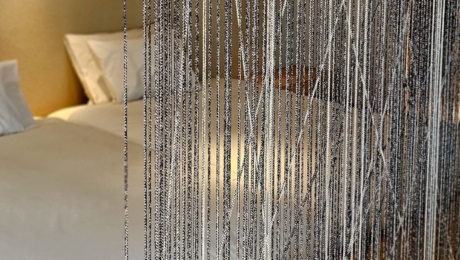
“Takahashi Kobo” perpetuates the heritage of the “Edomokuhanga” culture, which is the origin of Japanese engraving techniques. The fab-rication method of the time remains unchanged. What is the appeal of Edomokuhanga and why do they captivate the world?
2021.02.17
LIFEEdomokuhanga engravings (Edo woodcuts) have, since the Edo period, been con-sidered "essential". Thanks to its unique materials, techniques, and forms of ex-pression, Japan has become a world-renowned artistic breeding ground.Edo-mokuhanga, all handmade, are marked by a romanticism that seems to have sur-vived since the Edo period.
They have developed to become popular magazines.
In the Western world, stone engravings are widespread because of the stone industry, but in Japan, trees grow very well. Thanks to the production of wood and the manufacture of wooden blocks, engravings on this material have developed. During the Edo period, it became, like Ichii, the printing paper for popular “news magazines”. At that time, people learned about trends, such as fashionable kimonos and hairpins, from Uki-yo-e prints, and used them as travel guides. Magazines, such as fashion magazines and news magazines, were also created by Edo woodcuts. Underpinning this development were the great Ukiyo-e artists of Edo, such as Kitagawa Utamaro, Toshusai Sharaku, Katsushika Hokusai and Utagawa Hiroshige. Competing with each other, they launched new Ukiyo-e printing designs, creating a playful printing culture unique in Japan. The original hand-painted works were sold at a price that was not accessible to the general public, but the prints were sold for a little more than a bowl of noodles, so that many people could enjoy them. To repro-duce the paintings drawn by the Ukiyo-e painters, painters and craftsmen worked together and competed with each other to create a world-renowned culture.

Each block of wood is delicately carved and each work uses from 5 to 20 blocks of wood.
The role of the prints is to refer to “seasonal matters”, both present and past.
The exhibition “EDO TOKYO RETHINK” presents wooden blocks, paintings and various tools that have been passed down from generation to generation at Takahashi Kobo, a 150 year old Edo wood printing workshop. Edomokuhanga, popular since then as news magazines, have always played a role in transmitting the latest trends according to Takahashi’s master, the modern visionary master of Edo woodcutting.
“Because impressions influence what people are looking for, they have to be seasonal. However, we will continue to use Ukiyo-e prints and pass on the technique. I want to preserve the works that have been loved, but it is difficult for paintings depicting landscapes or actors to adapt to the modern lifestyle of the people. That’s why I feel that I need to create something that is more relevant today.

The appeal of Edomokuhanga lies in the unique vividness of the colors of the prints. Most of them have ex-actly 20 to 30 slides.

Katsushika Hokusai’s “Thirty-six Views of Mount Fuji” off the Kanagawa Coast
“Recently, we have collaborated in the anime field and received offers from world-renowned designers and architects to make new impressions on a daily basis. We are excited to know what we will be working on and with whom throughout the year. This is the starting point for me, but there are many people in Japan who paint wonderful pictures, even if their names are not famous yet. I think it’s our role to expand.”
In the modern age of mechanization, why are Edo woodcuts still so relevant? Probably because they convey the thoughts of the craftsmen who participated in the making of the engravings, the life of that time and the romanticism of the many stories they contain.
Photo by Satomi Yamauchi






